#WorldElephantDay: Conflict, tourism and circuses – who will save the Asian elephant?
10 August 2018

From circuses and tourism to habitat loss and fragmentation, these empathetic animals are under threat. Here’s how you can help.
It is precisely that which makes elephants so special which is driving them to the brink of extinction.
Humans, in awe of the elephants’ gentle nature and magnificent size, want to see them, to touch them and to ride them.
As a result of this demand, many thousands of Asian elephants are used in circuses and the tourism industry, forced through fear and punishment to perform unnatural tricks and to provide rides for entertainment. Many more languish in under-resourced zoos.
These individuals spend extensive amounts of time chained and in social isolation. The facilities which hold them cannot possibly provide the environment necessary for them to express their natural behaviours and to meet their diverse physical, social, behavioural and psychological needs.
In countries like Vietnam, precious few elephants are left in the wild, and those that remain free face greater pressure than ever before.
The land these gentle giants need to freely roam is disappearing. As countries develop, human populations expand, resulting in habitat loss, degradation and fragmentation.
Inevitably, wild elephants are increasingly coming into conflict with farmers whose livelihoods can be wiped out when a herd crosses their field or plantation.
Today there are believed to be less than 100 wild elephants left in Vietnam, a number many feel isn’t viable. Within a generation, they may exist only in captivity.
Captivity: A bleak future
Already, there are nearly as many elephants living in captivity in Vietnam as there are in the wild. At least 80 Asian elephants are exploited in Vietnam’s tourism and entertainment industries – giving rides, performing in circuses and being displayed in zoos.
The welfare of these unfortunate pachyderms has long been a secondary concern.
At Hanoi Zoo, a lack of resources and basic welfare knowledge meant the facility’s three elephants were constantly chained by the leg – despite being housed within a fairly large enclosure.
Thanks to Animals Asia’s collaboration with the zoo to improve welfare, safe fencing was installed in 2015 enabling the elephants to finally spend time free to roam.
But at private facilities designed to create profits, it can be difficult for NGOs to wield enough influence to make change. Animals Asia’s report into circuses across Vietnam revealed 19% of circuses features Asian elephants.
In shows, the elephants are controlled using sharp sticks, bull-hooks, and ropes pierced through their ears. They are forced to perform meaningless, unnatural and degrading tricks such as handstands or carrying humans in their trunks.
The fact that the commercial exploitation of elephants is illegal under Vietnamese law doesn’t seem to affect circuses ability to profit from these amazing animals.
Animals Asia is fighting to end the exploitation of elephants and other wild animals in Vietnam’s circuses.
As well as reporting and exposing cruelty and suspected illegality in the industry, more than 60,000 people have signed our petition calling for a complete ban, which will be brought to the Ministry of Culture, Sport and Tourism.
We are also raising our concerns with international governing bodies such as the World Association of Zoos and Aquariums which is responsible for the conduct of its members.
We will keep exposing, reporting and taking our concerns to those in power until the exploitation of elephants for profit comes to an end in Vietnam.
Holidays in misery
As with many other countries in Southeast Asia, Vietnam’s tourism industry commonly abuses elephants.
The animals spend much of their life chained so that they can be ridden on demand by tourists from all over the world. But before this ignominy even begins, each animal’s spirit must be broken. Typically, elephants are confined and beaten until they are willing to respond to the threat of a bull hook.
The vast majority of tourists are completely unaware that their once-in-a-lifetime experience riding an elephant is predicated on a lifetime of misery for the animal.
We believe it doesn’t have to be this way and in 2018 set up a new tourism model which will be a win for tourists, elephant owners and elephants alike.
Thanks to funding from Olsen Animal Trust, Animals Asia has rented all of the captive elephants at Vietnam’s Yok Don National Park on a five-year lease. From now on, instead of riding the elephants, tourists will simply observe them from a distance. They will watch how these magnificent social animals behave in the wild and learn first-hand about one of the world’s most fascinating species.
It is our belief that this model of tourism can be successful enough that after the five-year lease, the mahouts will be making more money than they did with the old rides. And when word gets out about that, the model could expand across the country – and perhaps even the region.
Giving wild elephants a chance
With just 100 wild elephants remaining in a few scattered communities, there is precious little time remaining to save Vietnam’s last wild elephants.
But perhaps mindful of the loss of the last wild rhino in 2010, Vietnam’s government is determined to try.
In response to the decline, the Elephant Conservation Centre (ECC) has been set up in the central province of Dak Lak.
Here, Animals Asia is providing welfare and management advice so elephants at the facility can enjoy the greatest possible level of freedom, social interaction and natural behaviours while the sanctuary is in its early stage of development.
It is hoped that in time the ECC will be able to breed elephants within natural social groups and with minimal amounts of human interaction so that they can eventually be re-released to the wild.
But currently, while it is still under construction, the facility is acting as a sanctuary to two elephants, both rescued from the wild.
Young calf Gold was found trapped at the bottom of a well while juvenile Jun had been caught in a hunter’s snare suffering life-threatening wounds to his trunk and feet.
Animals Asia initially oversaw attempts to return Gold to a nearby wild herd and provided medical assistance for Jun’s injuries.
Tragically, the wild herd didn’t take Gold, while Jun’s injuries were so severe that it is unlikely he could survive in the wild.
As a result, both elephants are now expected to spend their entire lives at the facility. Animals Asia is continuing to oversee their care – ensuring their welfare and needs are the priority.
Every elephant deserves to live their one life with dignity, whether in rescue centres, circuses, zoos or the tourism industry. Wherever elephants are kept in captivity, we will endeavour to ensure they receive the highest levels of care and welfare. Wherever we can end the cruelty – such as with circuses and in the tourism industry – then we won’t give up until the cruelty ends.
When animal lovers around the world unite to protect animals, we can change their world. One person can make all the difference.
Pledge a monthly gift today to join our global community of compassionate people determined to protect suffering elephants.
Who will save Vietnam’s elephants? It could be you.
BACK

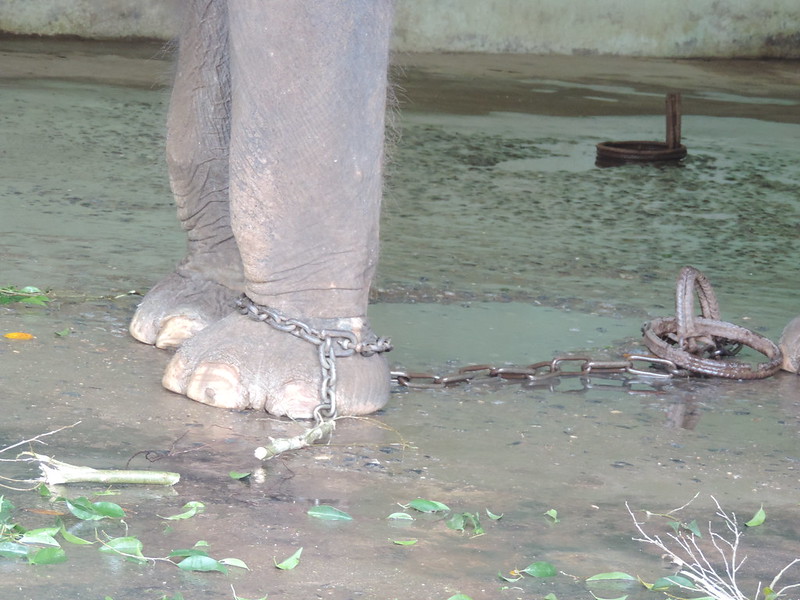
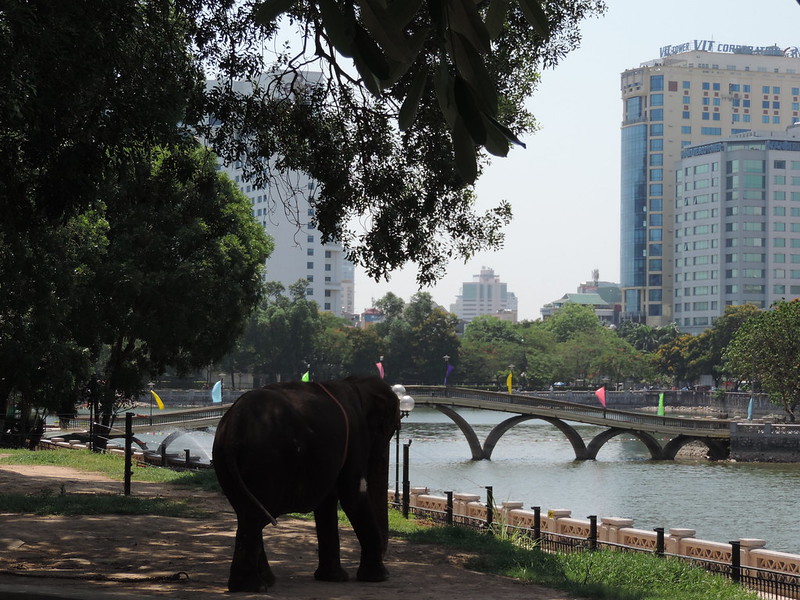

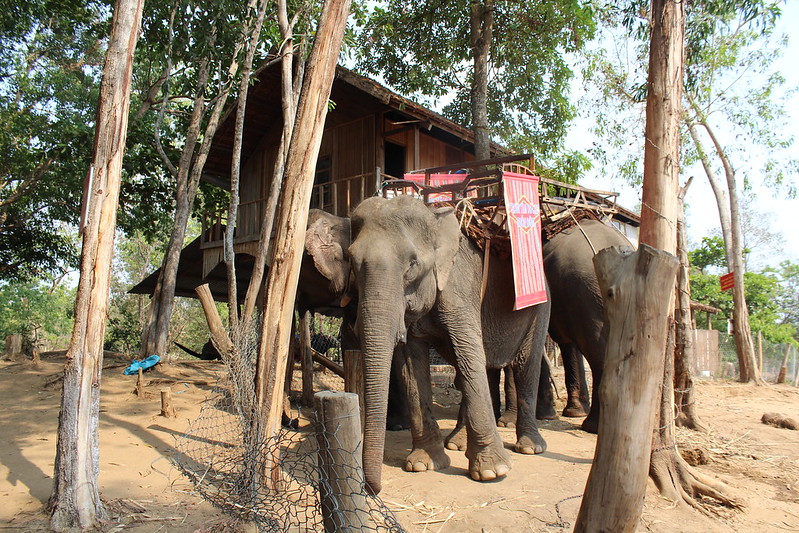
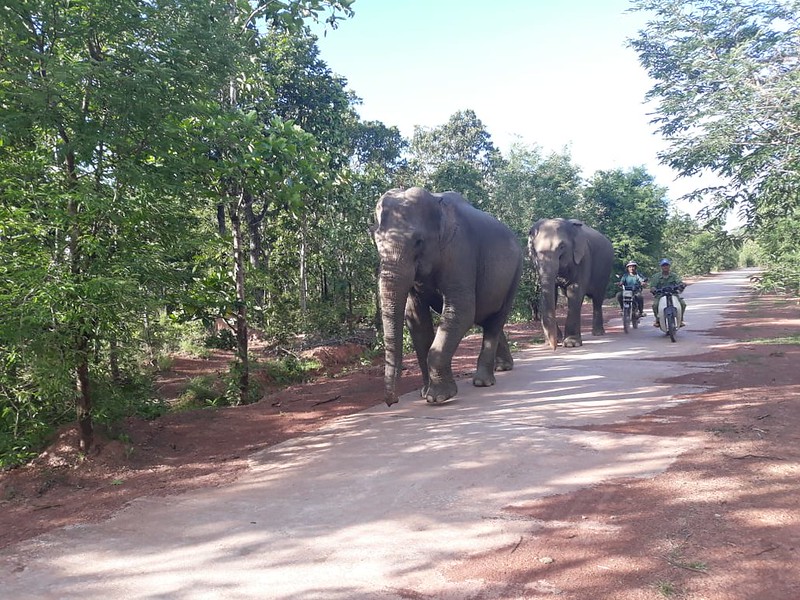

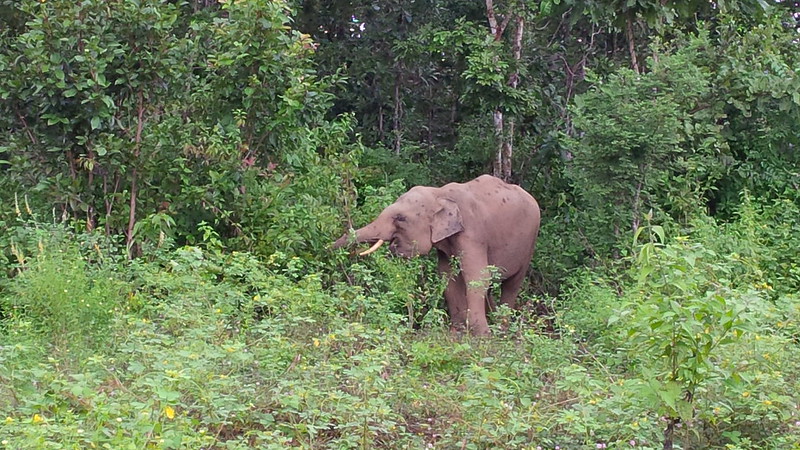
.png)



